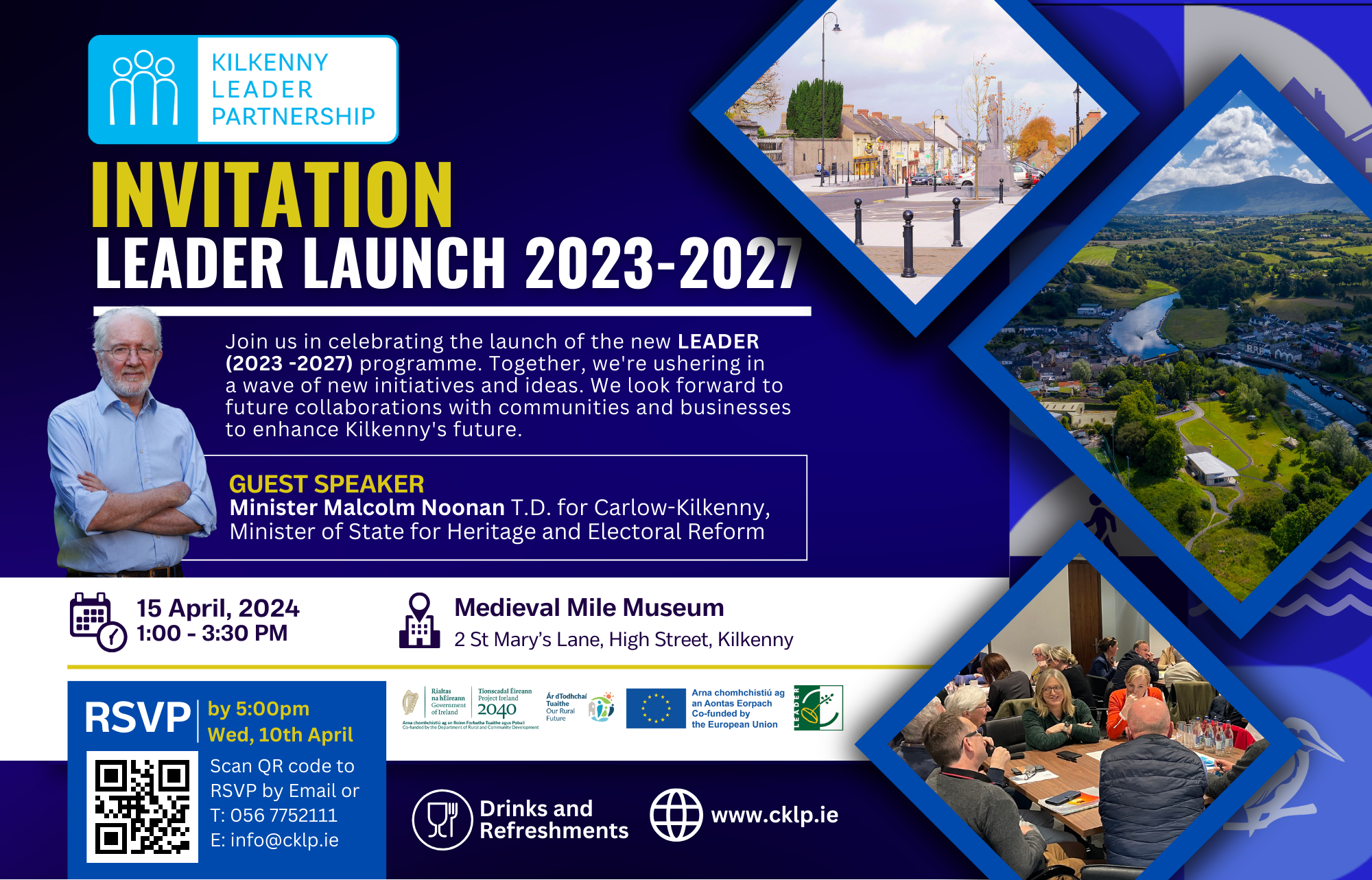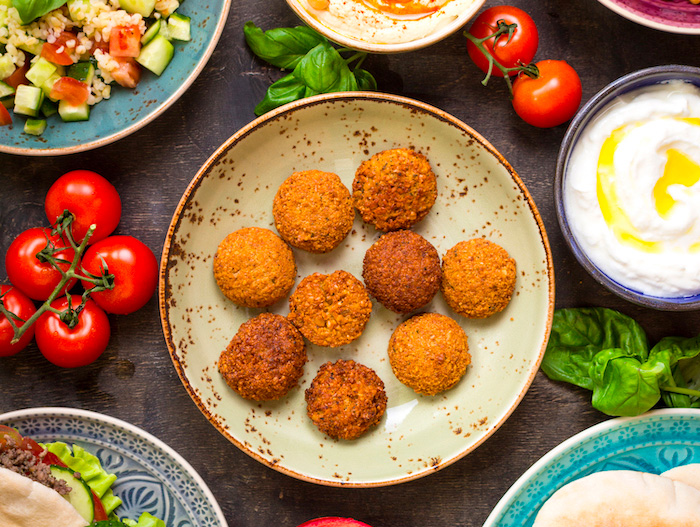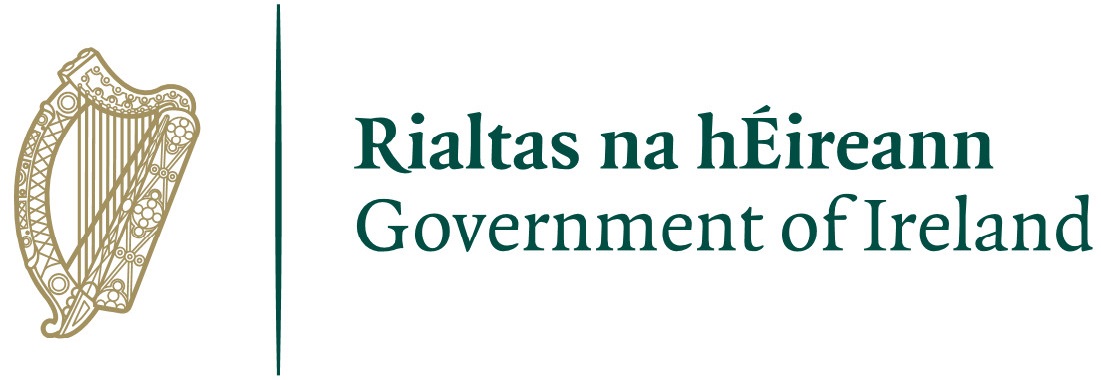Kilkenny Design Workshops and all that
2011 is the Year of Craft in Ireland. This blog is prompted by a request by a post-gradulate student for an interview on the place of craft in the enterprise base of Kilkenny. Obviously the sector has a very big presence in this county and Kilkenny LEADER Partnership (KLP) has had a considerable amount of inter-action with micro-enterprises over the years. To a large extent Kilkenny is seen as the centre of craft in the county. It is worth reminding ourselves that this was not always the case and that the current history of craft can be traced back directly to the decision by the state in 1963 to establish the Kilkenny Design Workshops (KDW) in the City. Under the guidance of an inspirational team of experts the workshops became a focus for design – and increasingly craft, which established an international reputation for quality and influenced the development of craft sector to a huge degree. It also brought some of the top people in their field to the county to train and teach students. KDW was a semi-state company one of the now much despised QUANGOs! KDW was eventually closed by the government in 1989 in one of our state’s previous bursts of ‘slash and burn’ economies. Many think that its reputation should have protected it and that the state lost much more in ‘opportunity costs’ than it saved.
But anyway it left some legacy- both in material terms and inspirationally for the county. Some of the pioneering teachers and innovators stayed, (the renowned craft jeweller Rudolf Hertzel for one), as did many of their qualified students. The result was not just a new enterprise sector but a phenomenon that changed the perception of Kilkenny as a place. From the early 1970’s on the City and- to a growing extent, the county became synonymous with craft, culture and creative design. The perception fed into the county’s tourism offering and a happy mutually beneficial relationship has thrived since then.This was, of course helped by other factors such as the rise of Kilkenny Arts Festival and the inspired focus by the local authorities on retaining the wealth of built heritage in the county. But KWD was the seed-crystal around which the sector and relationships grew. Some legacy!The KWD workshops still remain but are now occupied by individual crafts and creative enterprises. They occupy, as before the old and beautiful stable block of Kilkenny Castle on The Parade. The existing Kilkenny Design Centre shop is now a private concern which- as with the crafts people in the workshops rent their space from the City’s Civic Trust. The tourism relationship is being built upon too. So that part of the legacy is safe anyway. Trail Kilkenny’s ‘Made in Kilkenny’ Craft Trail is an expanded version of the original of the species, in craft trails.
Lifestyle of Career?
However- there’s always a ‘however’, craft enterprises remain, (for the most part), one or two-person operations. Often life-style choices as much as career decisions. Of course that’s part of their charm- and it feeds the creative and unique quality of the sector. But does this and the ambiance created compensate for the lack of exponential employment growth that craft appears to offer in comparison to other sectors? With a few exceptions in Kilkenny, Simon Mosse Pottery, Jerpoint Glass being notable- there are not many craft enterprises that employ more than one or two people. It is often the case, that the first couple of jobs are the most expensive to create and maintain and so a sector that relies of grant aid such as LEADER, can be seen relatively inefficient compared to others that offer that growth. On the other hand, if you get enough of these ‘real micro’ business that’s as good as a small factory and with more flexibility. And places like Kilkenny have undeniably benefited from the emergence of small craft businesses as a feature of the tourism and cultural landscape. We’d suggest those of us in the supporting agencies, LEADER, the Crafts Council of Ireland (CCoI), County Enterprise Boards, etc. should focus some of their thoughts on this issue to see if there if it is either possible or desirable to make such demands of a sector, that offers much in indirect ways. We aren’t sure of the answers in KLP but they are ones we occasionally ask ourselves and there has to be some law of diminishing returns, based on value for money (VFM).
Tourism & Craft – The Perfect Partnership
 But as indicated previously, one area where it is undeniable that craft punches above its weight in VFM is in terms of its attraction for tourists. KLP’s creation of the Trail Kilkenny concept is a prime example. In that the ‘Made in Kilkenny’ craft trail is a brand that has real attractions for both the visitors and the crafts business. The rural base of many craft businesses means that there is a complementarity between walking and other ‘physical trails. But perhaps the future for Made in Kilkenny, in terms of reaching it economic potential is to partner with the other ‘themed trails’ in the Trail Kilkenny suite – food and garden. “Reciprocal Marketing” can be part of the future, through display of large craft pieces in gardens, etc., or using craft tableware to display food in restaurants and advertising features. Overall whatever the challenges and questions, it is certain that craft will be an imporant player in the enterprise mix of Kilkenny in the future.
But as indicated previously, one area where it is undeniable that craft punches above its weight in VFM is in terms of its attraction for tourists. KLP’s creation of the Trail Kilkenny concept is a prime example. In that the ‘Made in Kilkenny’ craft trail is a brand that has real attractions for both the visitors and the crafts business. The rural base of many craft businesses means that there is a complementarity between walking and other ‘physical trails. But perhaps the future for Made in Kilkenny, in terms of reaching it economic potential is to partner with the other ‘themed trails’ in the Trail Kilkenny suite – food and garden. “Reciprocal Marketing” can be part of the future, through display of large craft pieces in gardens, etc., or using craft tableware to display food in restaurants and advertising features. Overall whatever the challenges and questions, it is certain that craft will be an imporant player in the enterprise mix of Kilkenny in the future.
Declan Rice, CEO







![23-27 LEADER Programme Logos-2040 logo Text PNG[29] 23-27 LEADER Programme](http://cklp.ie/wp-content/uploads/23-27-LEADER-Programme-Logos-2040-logo-Text-PNG29.png)




